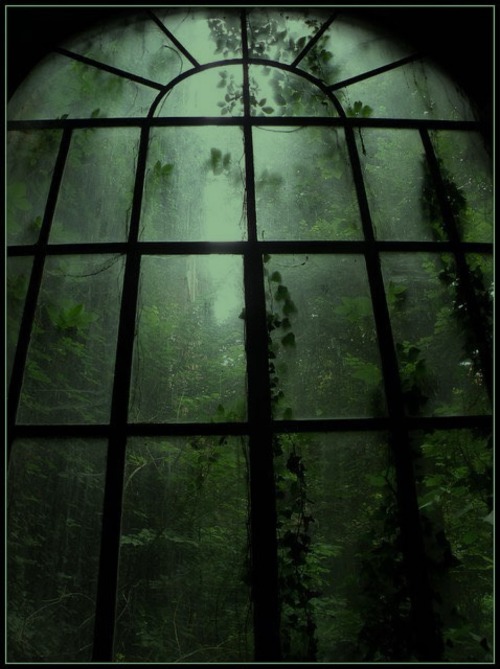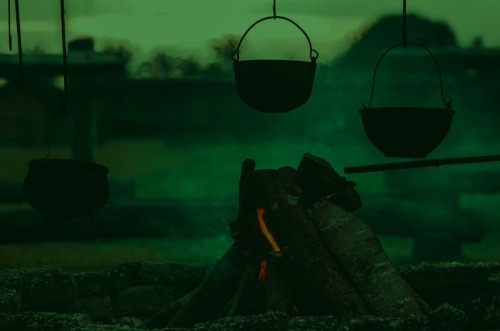
Bad Writer. Occasional Artist. Big fan of agriculture.
152 posts
Latest Posts by punchy-academic - Page 6
YOU’VE HEARD OF DARK ACADEMIA/COTTAGECORE
now get ready for
DARK NATURALISM
- studying by the open window of ur house, feeling the breeze
- reading murder mysteries in a field of green green grass
- mysterious forces in the woods
- ignoring mysterious forces in the woods bc you have a midterm tomorrow
- following mysterious forces at 3 am because you’re done revising but couldn’t sleep anyways from all the tea
- tights and light plaid skirts;reds and maroons and whites;button downs;dresses of all kinds
-trousers either ankle length or rolled to be so;lightweight jackets;linen
i’m not explaining this well hehejs







I just want dark wooden floors and an impressive book collection.






Sausage, Peppers & Onions

Sausage, peppers and onions. It’s genius. Those Italians were really onto something with this. It reminds me of every holiday at my mom and dad’s…it’s pretty much a staple. I added mushrooms because they sop up lots of sauce and flavor…and mushrooms just make everything much better.
Paleolicious Ingredients:
1 lb sweet Italian pork sausage (or whatever you prefer)
2 red peppers, sliced
2 yellow peppers, sliced
2 onions, sliced
4 cloves of garlic, chopped
1 (10oz) container of baby bella mushrooms, sliced
1 (15oz) can diced tomatoes
½ c chicken broth
¼ c extra virgin olive oil
2 tbsp tomato paste
1 tsp salt
1 tsp ground black pepper
1 tsp dried basil
½ red pepper flakes (optional)
——————————————————————-
Heat the olive oil in a skillet over medium heat. Add the sausage and cook until brown on both sides, about 10 minutes. Remove the sausages from the pan.
Add the onions, peppers, mushrooms, salt and pepper to the oil and cook over medium heat for about 5 minutes. While the veggies are sautéing, slice the sausage into 1 inch cubes and set aside. Add the garlic and basil and cook another 5 minutes.
Next, stir in the tomato paste. Add the diced tomatoes, chicken broth and red pepper flakes and let simmer. Stir in the cubed sausages and let sit on low-medium heat for about 30 minutes, until the sauce reduces and thickens a bit.
*My sausages weren’t cooked all the way through, so I did cook them a little more in a separate pan for a couple extra minutes before adding them to the mix*
If you’re not paleo, these would make a scrumptious sandwich on an Italian roll. But since we are paleo, we won’t do that…we will enjoy it straight from a bowl. And if we really want to act like cavemen (and cave-ladies) just use your hands. I’m kidding…please don’t do that.
Satellite Data in Ag-tion: From Space to Your Plate
As Earth’s climate changes, some places are drying out and others are getting wetter, including the land that produces the food we eat. Farmers have to figure out how to adapt to changing climate conditions.

Our fleet of satellites has been watching over Earth for more than half a century. Some, like our joint Landsat mission with the U.S. Geological Survey (USGS), collect valuable data about the crops that make up our food supply and the water it takes to grow them.

Combining this wealth of satellite data with observations on the ground allows us to track how crop production changes over the years.
For example, this map shows how croplands have changed over the years to feed a growing population. The Agriculture Department (USDA) has used Landsat data since 2008 to track crops growing in the continental United States.

Agricultural scientists can even focus in on data for individual crops like corn, wheat and soybeans. They can look closely at regional crops, like citrus, that grow in only a few areas.

This nationwide view — provided by Landsat satellites orbiting 438 miles above Earth — is important to track the nation’s food supply. But with data from other satellites, like our ECOSTRESS instrument and ESA’s (the European Space Agency) Sentinel-2, agricultural scientists can monitor how healthy crops are in real time and predict when they’ll be ready to harvest.
In this false-color image of California farmland, red areas peak early in the season, whereas blue areas peak late. This information helps farmers watch over the plants in their fields, predict when they’ll be ready to harvest, and maximize crop production.

But while growing more and more crops sounds good, there can be challenges, like water. Especially when there’s not enough of it.
During California’s recent drought, just over 1 million acres of fertile farmland (shown in green) were fallow, or unused (red) in 2015. That’s nearly double the number of unused fields in 2011, the last year with normal rainfall before the drought.

Irrigating acres and acres of farmland takes lots of water. With remote sensing, scientists can track how irrigation fluctuates with climate change, new water management policies, or new technologies. Research like this helps farmers grow the most crops with the least amount of water.

As our climate changes, it’s more important than ever for farmers to have the knowledge they need to grow crops in a warming world. The data collected by our Earth-observing satellites help farmers learn about the planet that sustains us — and make better decisions about how to cultivate it.
Make sure to follow us on Tumblr for your regular dose of space: http://nasa.tumblr.com
dark academia but you live in the countryside
wax jackets (barbour or similar) with lots of pockets… you can carry so many books in a poacher’s pocket
battered leather boots that were smart once
walking through a village graveyard with the sun at your back, warming you slightly in the crisp morning
always carrying a pocketknife (opinels are preferable)
tweed jackets - practical and warm (and classic da)
sketching the animals and plants around you and pinning them up in your room
collecting insects and labelling them neatly in their boxes
finding a sun-bleached sheep skull on a mountainside and taking it home
wandering across fields and moors with no particular aim in mind, and a hip flask full of whisky to keep you warm
stone churches in tiny villages, the smell of old bibles, sun through stained glass windows
taking a stack of books down to the river to sit and read in the sun
riding your bike down to the village library, occupying the only table for the afternoon
paddling barefoot down freezing streams, trousers rolled to your knees, cutting your feet on the rocks and feeling alive